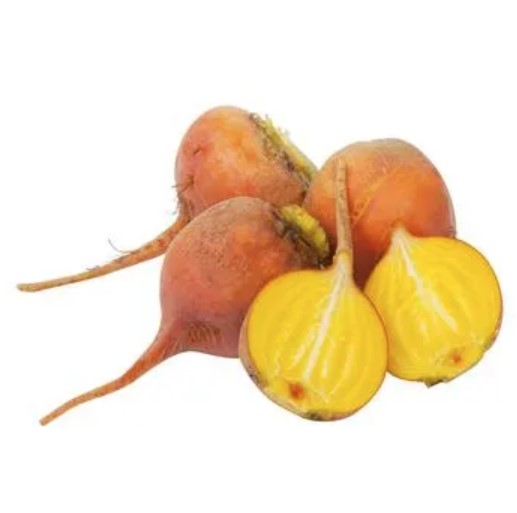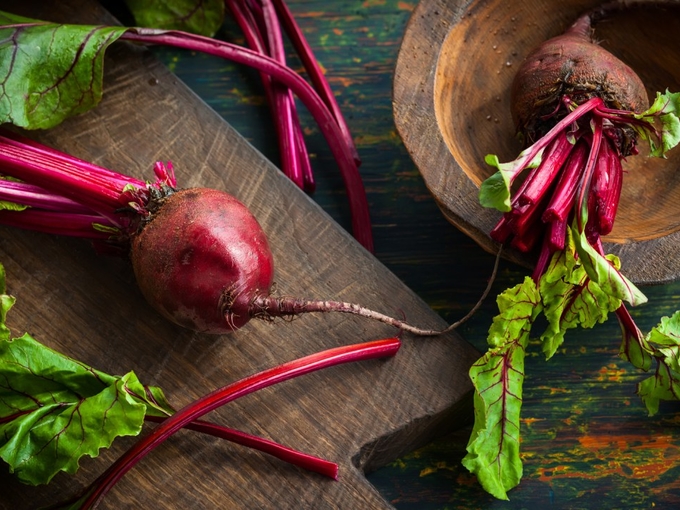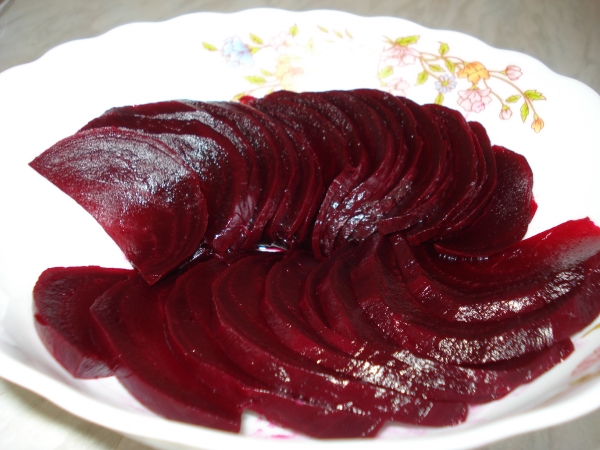Less well known than its red counterpart, the yellow beet is gaining in popularity. Here you can find out how red and yellow beets differ, what is important when planting yellow beets and how to use them in the kitchen.
In addition to the beetroot, you will increasingly find yellow or white beets at the weekly market or in the vegetable displays of some supermarkets. Beetroot is often less conspicuous because of its less intense color – but it is a healthy, tasty and regional winter vegetable that you can use in many ways in the kitchen. We will explain what makes them different from beetroot, how you can plant and harvest them yourself and which dishes they are suitable for.
Yellow beetroot and beetroot: That’s the difference

Both the beetroot and the yellow beet originally came from the wild beet (Beta vulgaris). Today’s beet is a cultivated form of this plant. Other types of vegetables that go back to the wild beet are, for example, the sugar beet or Swiss chard.
From a botanical point of view, the yellow beet is just a variant of the beetroot – it is not a separate variety. The dye betaxanthin is responsible for their yellow colour, while the strong red of beetroot comes from the dye betanin.
Apart from the colour, yellow and beetroot differ only slightly. Their nutrient content is similar: Both types provide various B vitamins in particular, as well as iron and folic acid. Both betaxanthin and betanine belong to the betalain family, which have antioxidant effects.
Basically, the yellow beetroot is a little milder and sweeter in taste than the red variety. For people who are bothered by the slightly earthy taste of beetroot, the yellow version can therefore be a more pleasant alternative.
Planting yellow beets: you should pay attention to this
If you want to plant yellow beetroot in your own garden, you should choose a sunny and deep location: The beets develop so-called taproots that reach far into the ground. In addition, humus-rich soil is recommended for good growth. Apart from that, the yellow beet is relatively undemanding. Only very heavy soils (clay soils) can cause problems.
It is best to buy the seed for the yellow beet in organic quality – you can get tips and information on the advantages of organic seed in our overview. Between May and July you can sow the yellow beet seeds directly into the bed.
How to plant yellow beets:
Make seeding rows 4 inches apart and place the seeds 8 to 10 inches apart in the bed.
After sowing, cover them with soil about an inch or two deep.
After about two to three weeks, the seeds should start to germinate. If you then find that the plants are too close together, you may need to separate them – for the beets to grow well, they need enough space. In this case, loosen the soil around a plant with a toothpick, carefully remove it, and replant it in a suitable spot.
You should also water the plants regularly during growth: always keep the soil slightly moist, but avoid waterlogging. Apart from watering, the yellow beet does not need any additional care.
By the way: The yellow beet is well suited for mixed cultures. It’s best to choose plants that grow low so they don’t take away the sunlight from the yellow beets. You can plant kohlrabi, radishes or chives in the same bed, for example. Be careful not to plant yellow beets in a spot where you have previously grown goosefoot or foxtail plants. These include, for example, spinach, chard or sugar beets. With such a crop rotation, the yellow beets are susceptible to diseases and the soil loses nutrients, because these plants have very similar requirements.
Harvesting and storing yellow beets

You can harvest the yellow beets from September right into the winter months. It usually takes about three months between sowing and harvesting. You should get the yellow beetroot out of the ground before the onset of frost at the latest – they can cope with temperatures down to zero degrees Celsius, but they don’t tolerate sub-zero temperatures.
How to harvest yellow beets:
To harvest, use a small shovel or special digging fork to loosen the soil around the beets.
Then you can easily pull them out.
When there is plenty of excess soil on the beets, roughly pat them off. If you intend to store your harvest, you should leave a little soil on it – this increases its shelf life. While you can gently twist off the root of the beetroot about an inch below the beet, you should not remove the leaves.
A sand-filled box in the basement or a storage pit (earth heap) in the garden is best suited for storing yellow beets. With cool temperatures of around zero to one degree Celsius, the beets last all winter. If you don’t have a basement or a storage pit, you can also preserve the yellow beets by boiling them down. You can do this in the same way as with beetroot.



